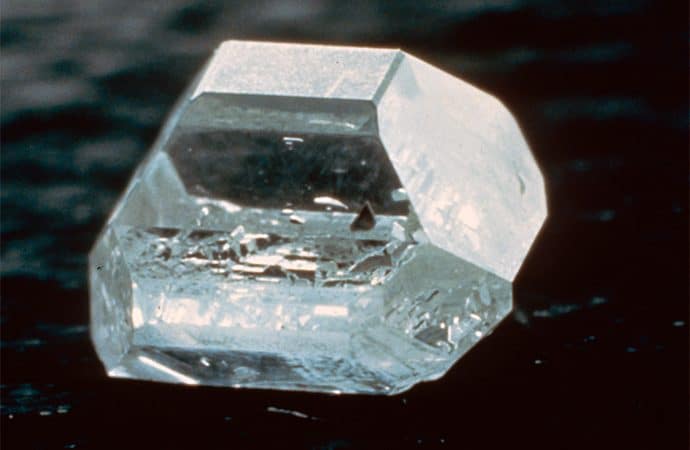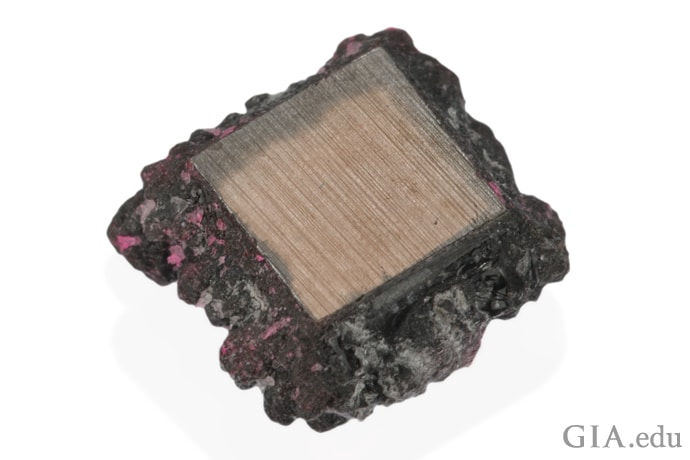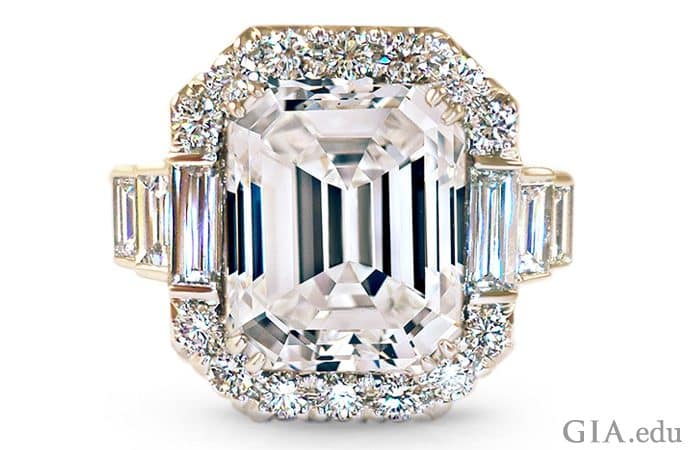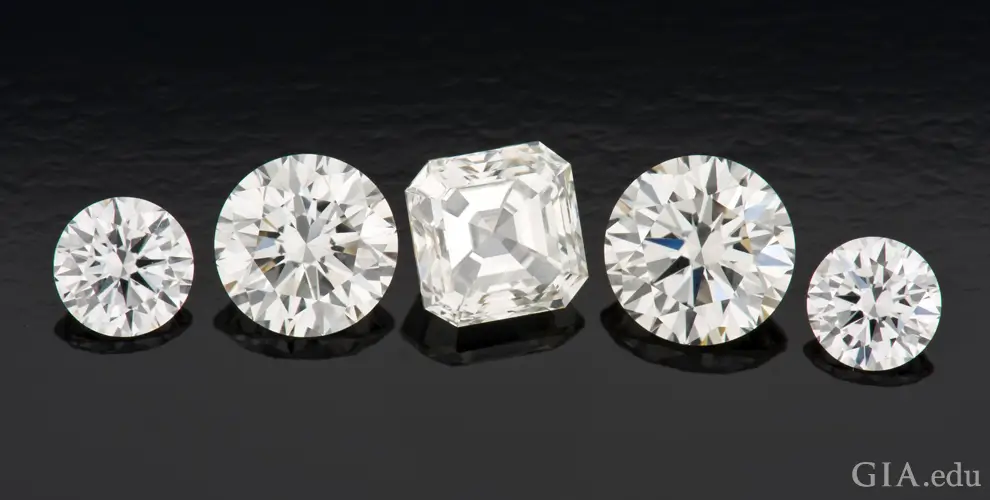Lab Grown Diamond – Are they Real?
Advancements in technologies have enabled man to create diamonds in the labs at a tiny fraction of the time required by Mother Nature to do so.
Over decades of scientific research and continuous pushing of manufacturing boundaries, scientists are now able to create gem quality diamonds on a large scale basis to meet demands in the jewelry industry.
Lab grown diamonds have identical properties to traditionally mined diamonds. They are composed of the same material, require the same cutting/polishing process and exhibit similar physical/chemical properties to diamonds mined from the Earth.
Lab created diamonds can be made to the same level of clarity, color and brilliance as naturally mined stones. In fact, these man-made diamonds are almost indistinguishable unless they are subjected to specialized testing equipment like spectrometers and X-rays.
High Pressure, High Temperature (HPHT):

With the HPHT method, synthetic diamonds are produced in laboratories through equipment that mimics the high pressure, high temperature conditions that produce natural diamonds in the earth. The result is synthetic diamond crystals with flat bases and octahedral and cube faces. The color of HPHT synthetic diamonds has evolved over the years as technology improved. Synthetic stones submitted to GIA labs have gone from orange-yellow, yellow and yellow-orange to colorless, near-colorless and blue. HPHT and other post-growth treatments of diamonds, whether synthetic or natural, can also turn stones pink, blue and other colors.
Chemical Vapor Deposition (CVD)

This newer technique involves breaking down carbon-containing gasses inside a vacuum chamber and having the carbon molecules crystallize onto diamond seed plates. The resulting crystals are tabular in shape and are sometimes edged with graphite. Often brown or yellow in color, these crystals can become near-colorless through subsequent HPHT treatment. “Colorless” CVD diamonds chosen to be polished as gems tend to have slightly higher clarity than their natural counterparts, with most receiving grades in the VVS2 to VS1 range. Most natural diamonds in the D-N color range receive clarity grades in the VS2 to SI1 range.
The Pros of buying Lab Grown Diamond
For the consumer, there are 2 major benefits of buying lab created diamonds.
First of all, they leave minimal ecological footprints in the environment and are guaranteed to be conflict-free. This is because they are made in controlled laboratory conditions instead of being mined from the Earth with human-labor.
Secondly, you can easily save hundreds to thousands of dollars because of their significantly lower costs (about 60%-80% less) compared to traditionally mined diamonds. This is good news for people with tight budgets as lab grown diamonds can help you get a better bang for your buck!
The Cons of Buying Lab Grown Diamond
When it comes to buying man-made diamonds as there are certain downsides inherent of the current synthetic market.
First of all, Lab Grown diamonds are not the best for investments and don’t hold value well. The resale value for lab grown diamond is currently none-existence.
The prices of artificial diamonds are projected to fall significantly when the manufacturers get better economics of scale and process optimization.
This means that the same diamond you purchased today is likely to cost less in future.
The other disadvantage of buying a lab grown diamond is that the current supply of loose stones are extremely small compared to the natural diamond market. As a shopper, this means less vendors who deal with synthetic goods and a much smaller inventory to choose from to find your perfect diamond.
The third downside with lab cultivated diamonds is that the huge majority of them are cut to mediocre standards. If you want to find a truly well cut diamond, finding one is akin to searching for a needle in a haystack.
While there may be some disadvantages of buying a lab grown diamond, these issues can be mitigated by shopping smart and relying on tangible data for educated purchases.
And for most people who never plan on selling their engagement rings because of sentimental value, there’s nothing to worry about resale prices to begin with.

Yes or No?
Lab Grown diamonds are the real thing. It looks the same as natural diamond, tests the same as natural diamond, sparks the same and same chemical compositions. There’s not fake about it.
It is just as beautiful and identical, to the eye, as a mined diamond if the stone is cut to correct proportions. At the end of the day, it is all about your preferences and budget.
If you are someone who wants to purchase an engagement ring that is produced in a socially and environmentally-friendly manner, or a tight budget but wanting the bling, man made diamonds offer a meaningful way to help you do that.
Shop 46 Royal Arcade, 335 Bourke Street, Melbourne VIC 3000

